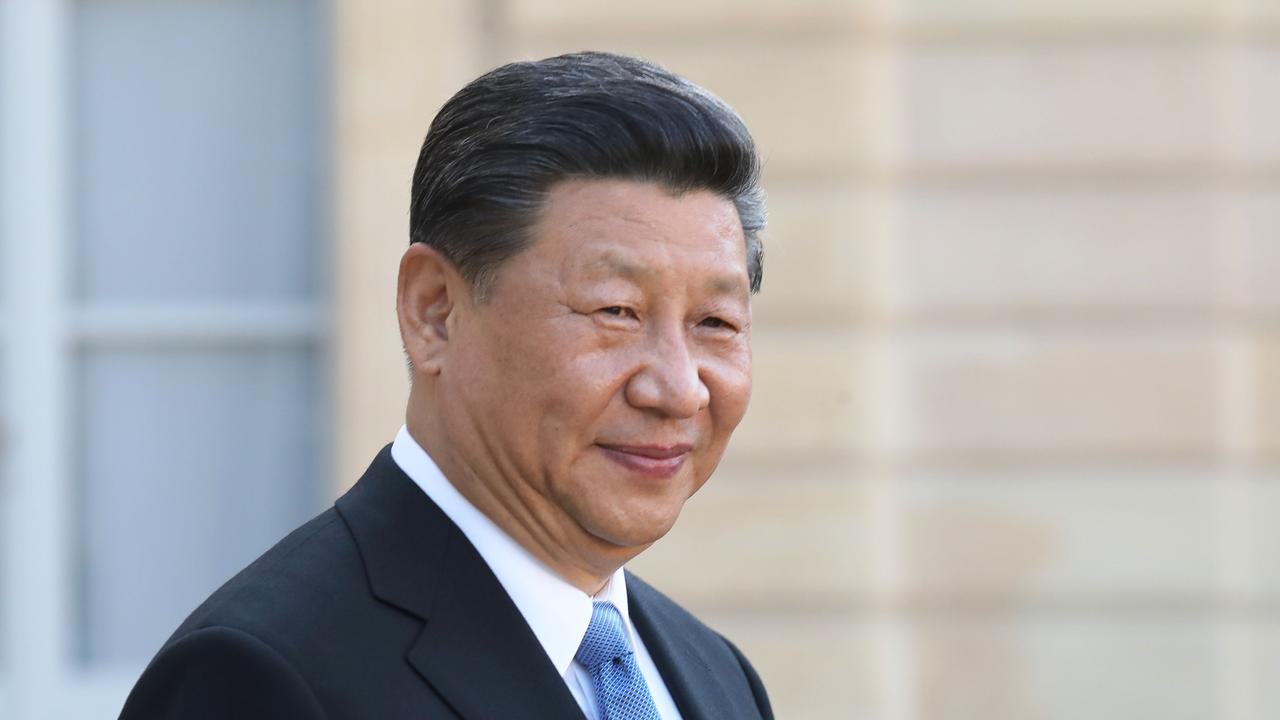Why RBA’s latest rate cut was never in doubt
The Reserve Bank has been aware as far ago as April that Tuesday’s interest rate cut was coming.
The Reserve Bank has been aware from as far back as April that Tuesday’s interest rate cut was coming. In fact, it was never really in doubt.
It was about four months ago that news of an inflation problem first began to wash through the RBA’s modelling and the elaborate spreadsheets that spit out its economic forecasts every three months.
Inflation in the first quarter of the year was much lower than expected, and the shock of the data that ran through the hallways of the RBA was real. A dramatic rebuild of its forecasts quickly followed and an easy decision was made in May to cut official rates to a record low 1.75 per cent, from 2 per cent.
There was broad agreement back then that inflation pressures across the economy had entered a new phase of weakness, and corrective measures would be required. Sluggish wages growth, falling rents and a retail sector price war, were just some of the factors acting to restrain prices.
Such was the level of concern, there was likely to have been serious debate within the RBA around cutting interest rates by half a percentage point in May.
But cooler heads prevailed. In April there was still concern about the strength of house prices. Announcing a cut of 50 basis points may have induced fresh vigour into punting on property, dashing the efforts of APRA to rein in the market.
There was also an argument that said a dramatic drop in interest rates would be counter-productive, signalling to business that the economy was wobbly.
Let’s also not forget that the RBA’s May board meeting coincided with the release of the government’s 2016-17 budget — a pre-election budget, ahead of what proved to be a knife-edge election result.
The RBA is proudly independent of Canberra, but not silly enough to announce what would have been an emergency rate cut just hours before the Treasurer announced the budget to parliament.
A third argument against slashing the rate from 2 per cent to 1.5 per cent in one stroke was that markets, having absorbed the shock, may have concluded that the RBA had fired off its final shot. In that environment, the dollar might have risen.
So conscious of house price risks, the potential for a rebuke from the Treasurer’s office, and the prospect of a higher dollar, the RBA chose to roll out the rate cuts more cautiously.
Waiting also gave policymakers the opportunity to review an extra three months of inflation data, which confirmed deflationary forces were strong.
So what then of the interest rate outlook? The RBA yesterday published updated forecasts that showed it expects inflation to track below 2 per cent through to the end of 2018. That forecast alone suggests the RBA is likely to cut rates again.
Still, the bank has not provided markets with an explicit easing bias. That probably reflects the fact that it still prefers to move cautiously.
With the cash rate at a record low 1.5 per cent, ammunition to fight off global shocks is low.
RBA governor Glenn Stevens said on Tuesday that concerns around housing market imbalances had diminished. That’s all well and good, but don’t confuse the remarks with the RBA saying risks around housing have vanished. The RBA leaders knows all about the insatiable appetite Australians have for property.
Then there is the RBA’s mantra that it is not dogmatic about keeping inflation within the target band at all times. There is flexibility built into the setting of the target, probably more than most appreciate.
Economic growth is also expected to be solid.
So coming interest cuts are likely to be spaced out, rather than delivered in lumps.







To join the conversation, please log in. Don't have an account? Register
Join the conversation, you are commenting as Logout